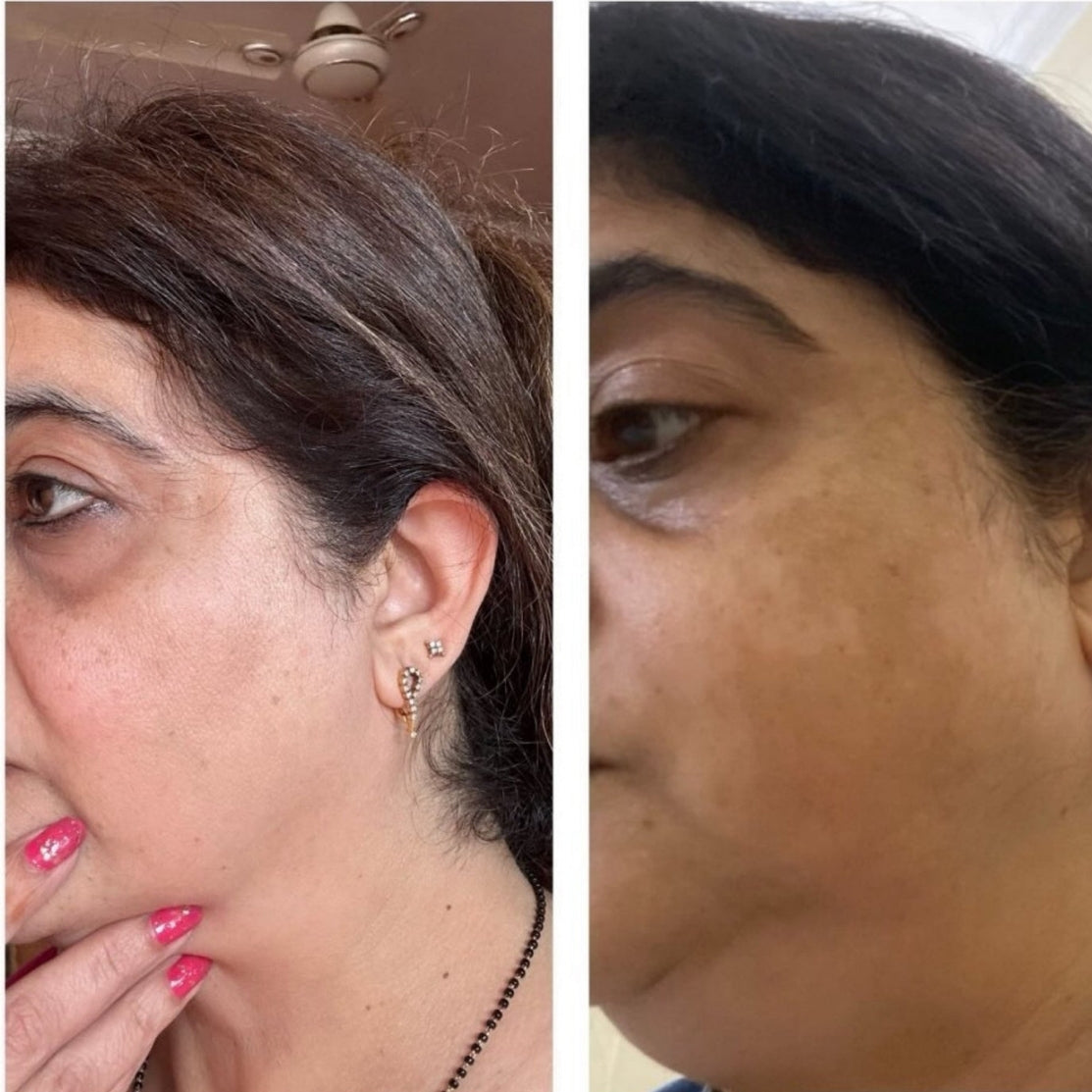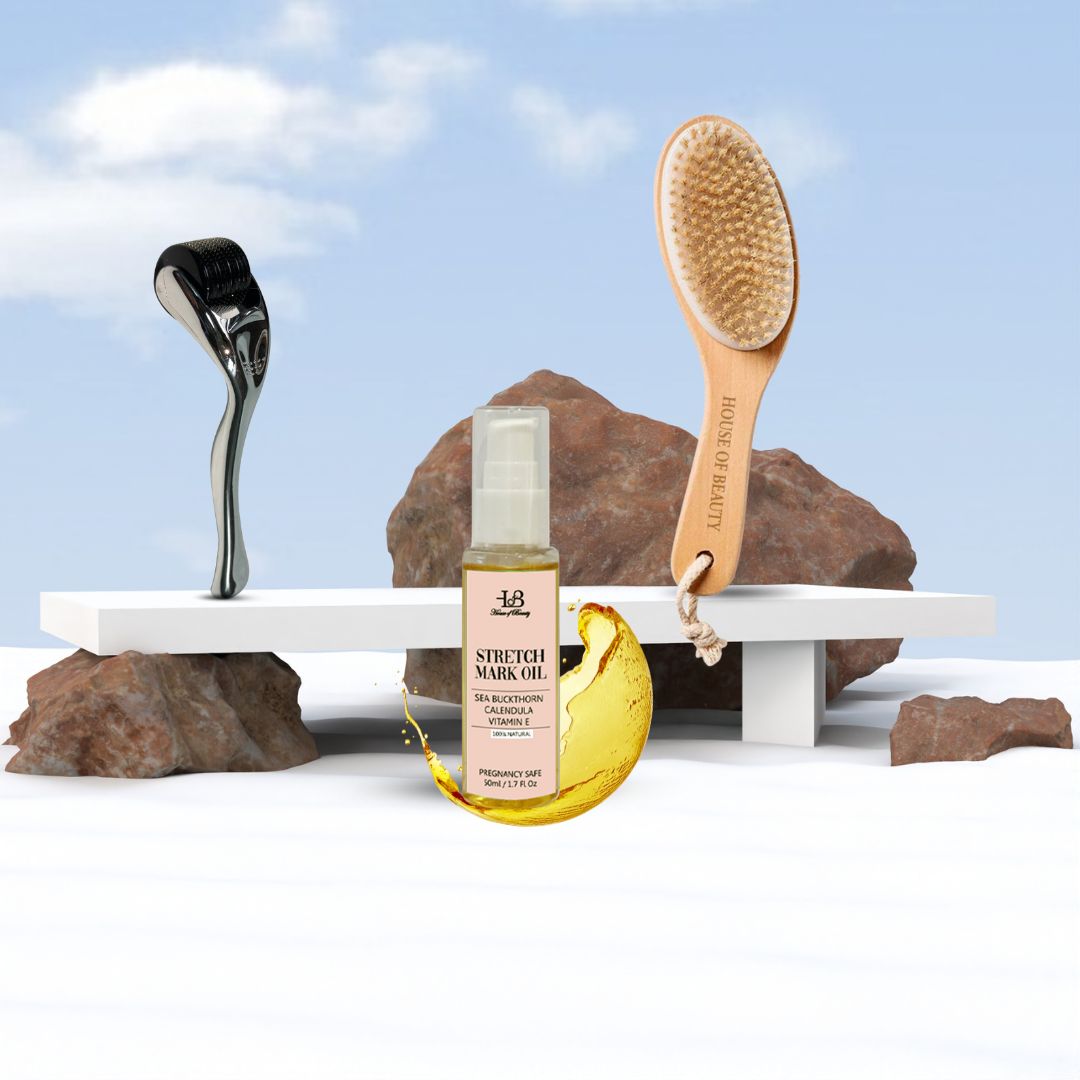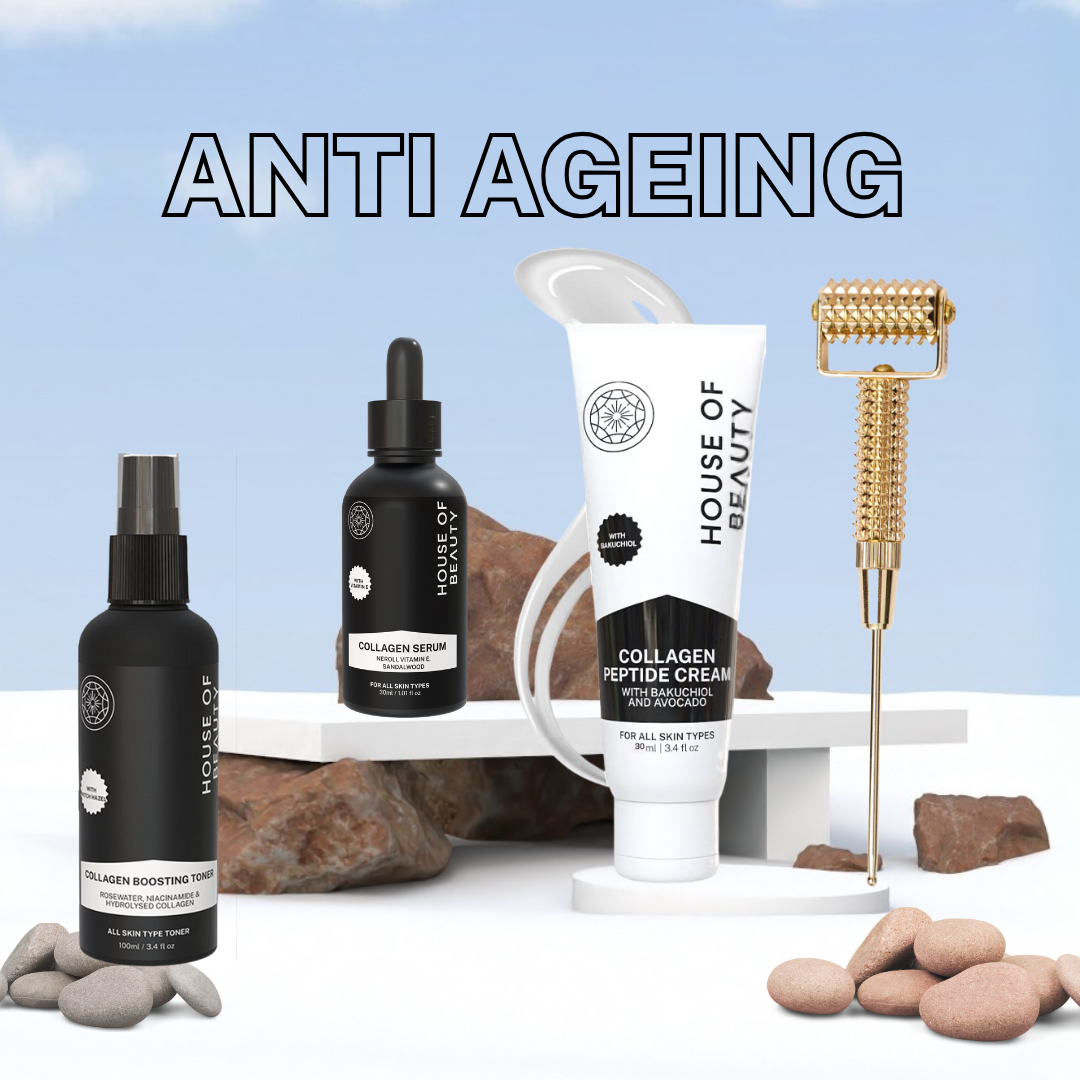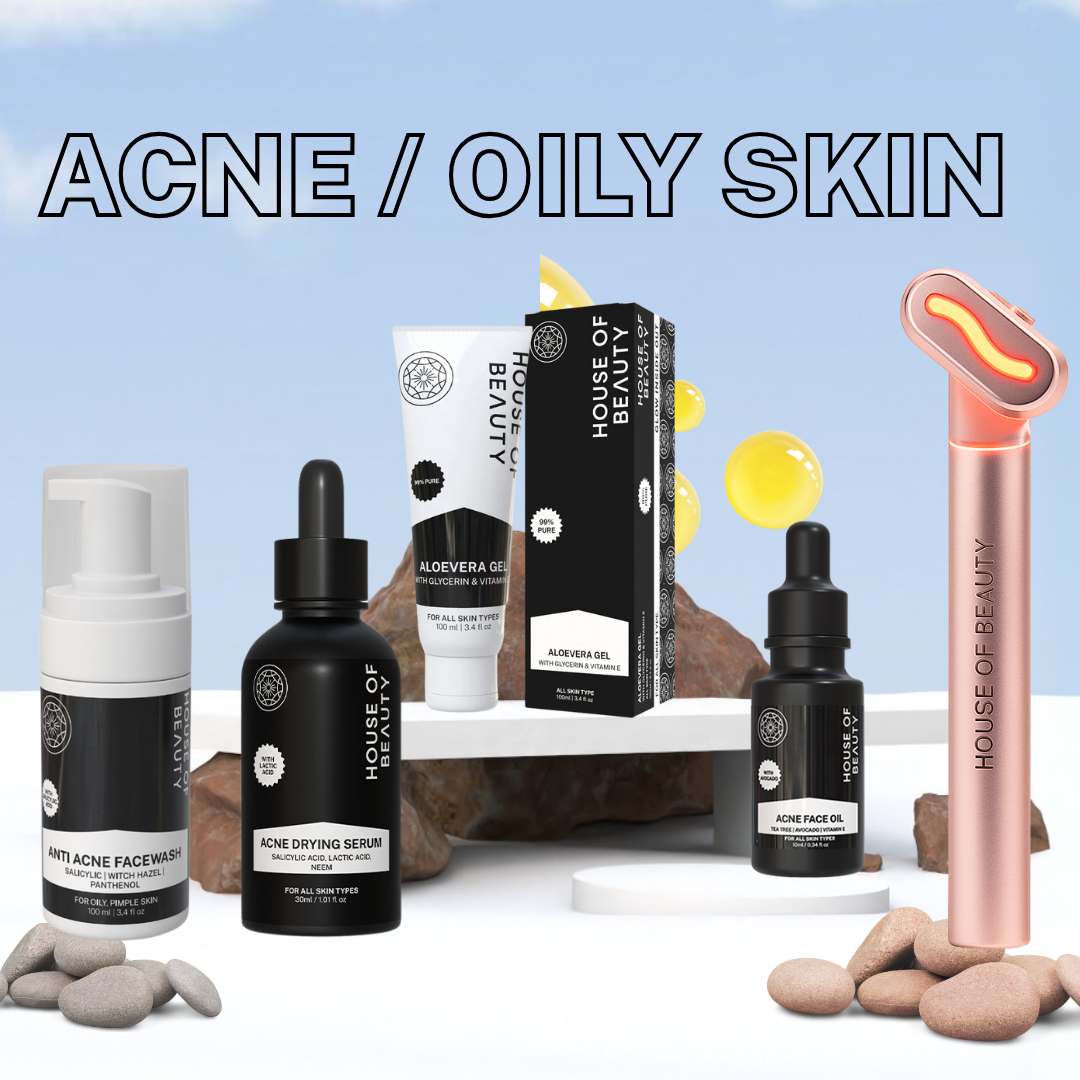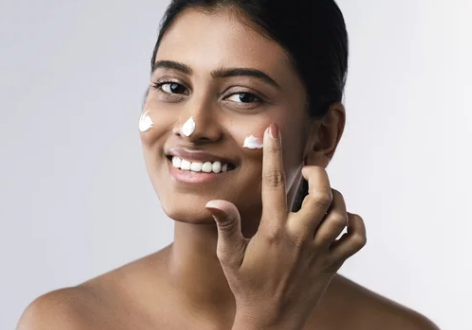Are you often confused as to why we have separate terms for Sun Protecting Skincare - Sunscreen and Sunblock? What’s the difference between Physical and Chemical sunscreen? What does Mineral sunscreen comprise? Which one is better for our skin? Can sunscreen be Eco-Friendly as well? Let us be your mentor and get you familiar with the ‘sun protection’ lingo!
Sun protection has been gaining its popularity lately because more people are becoming aware of the harmful effects of the sun. Not only does it result in damaging our skin and skin ageing a.k.a photoaging but can also lead to serious health issues like skin cancer. Thus it becomes important to apply sunscreen in our daily routine and up our skincare game! Now let’s dive into the sunscreen lingo :

Physical Sunscreen a.k.a. Mineral Sunscreen creates a skin shield to protect it from the UVA/UVB rays and ‘blocks’ it. Hence the name, Sunblock. With Zinc Oxide / Titanium Dioxide added into it, it prevents sun rays from breaking the collagen in the skin. Mineral Sunscreen is Non-Comedogenic i.e. it doesn't clog the pores on the skin, thus keeping the skin even-toned. With no chemicals involved, it is the perfect go-to choice for people with sensitive skin.
Chemical Sunscreen on the hand absorbs the heat from the sun rays instead of reflecting it. Thus, its formation also feels lighter and spreads and absorbs quickly on the skin. Well, that's where its pros end and its list of cons begin - It contains harmful chemicals like Oxibenzone and Octinoxate which counters with the idea of being Eco-Friendly. Using a chemical sunscreen causes an increase in existing brown spots and discoloration. Thanks to the chemical reaction it commences that increases internal skin temperature, leaving your brown spots worse.

‘The Sun is Screaming, which Sunscreen should I use?’
Because of Physical Sunscreen’s ability to reflect the damaging rays, it is ideal for people with sensitive skin/acne prone skin. However, for people with darker skin, it tends to leave a white cast because of its slightly thick formulation. In that case, people opt for Chemical Sunscreens as it is easier to spread and wear. However, people with sensitive skin tend to develop reactions to the chemical UV filters which break down sun rays into heat for further absorption. It also tends to aggravate skin inflammation, Rosacea and Melasma.
RELATED READS : THE BEST HOME SKINCARE TO USE FOR ROSACEA - PIGMENTATION - MILIA?

With all products around us being eco-friendly, why should sunscreens be excluded? As mentioned above, Oxybenzone and Octinoxate, the chemicals found in Chemical Sunscreens aren’t just bad for the skin, but for the environment as well. These UV blocking chemicals often end up in the environment deteriorating it further. An Eco-friendly Sunscreen is free from all these synthetic materials and does not add to any of the environmental issues.
This debate between which sunscreen is better is never-ending. You can always go for the sunscreen which suits your skin type and complexion. What’s important is to stay consistent and reapply sunscreen every 2-3 hours if your skin is constantly exposed.
A Happy 'Sun-day' to you! :)
ALSO READ : THE PERFECT GUIDE TO SUMMER ‘SUNCARE’



